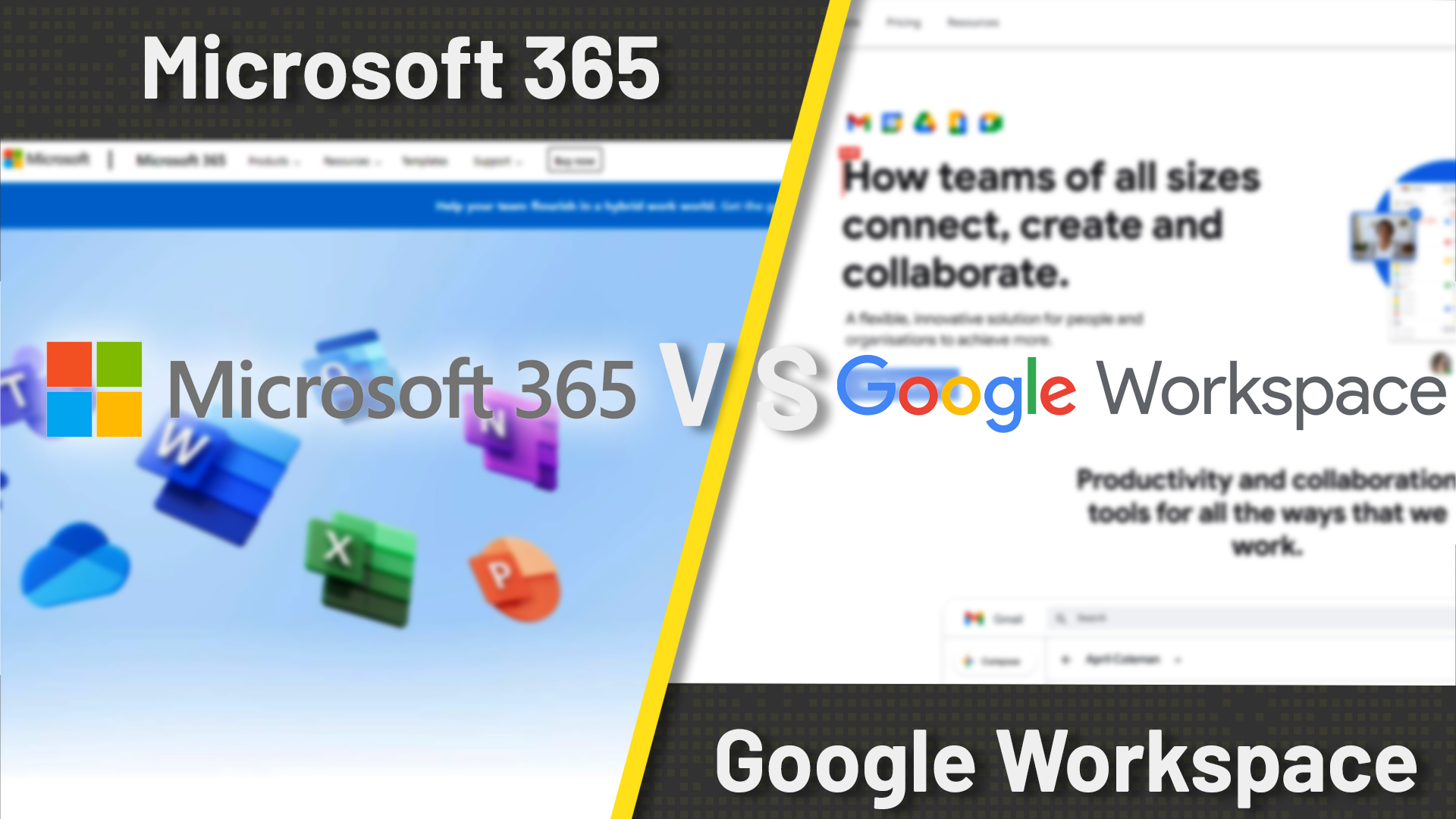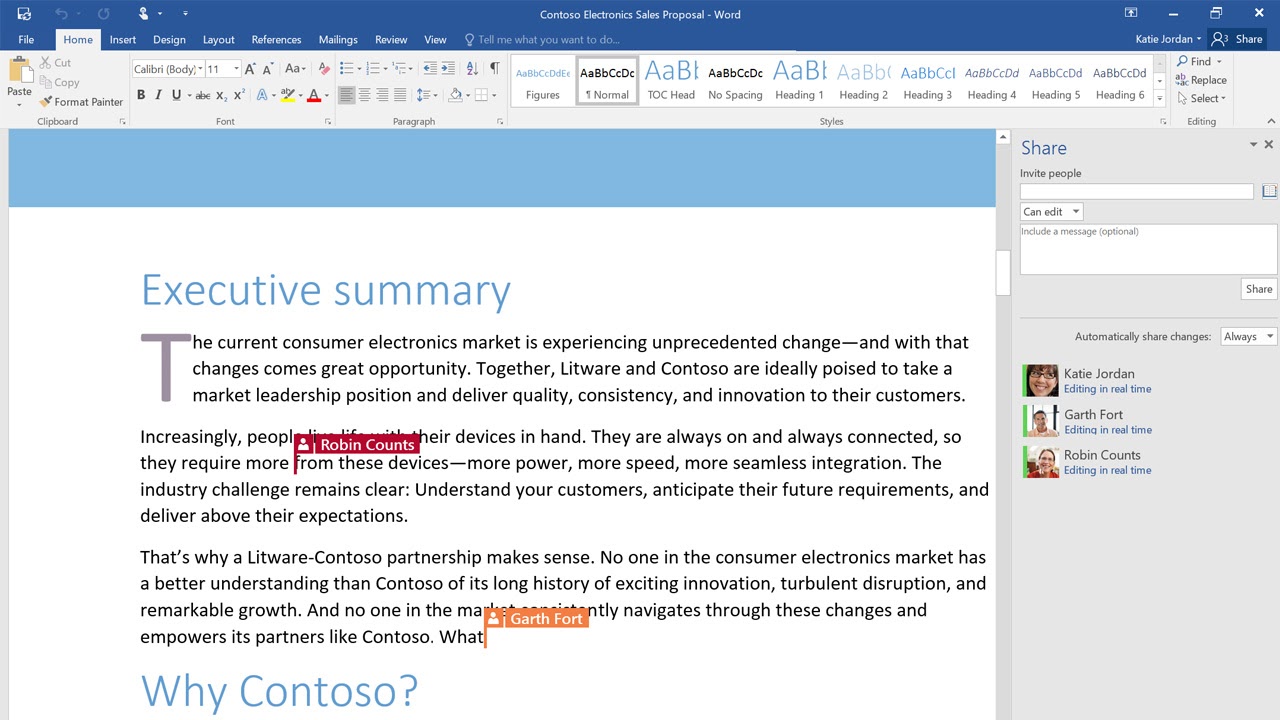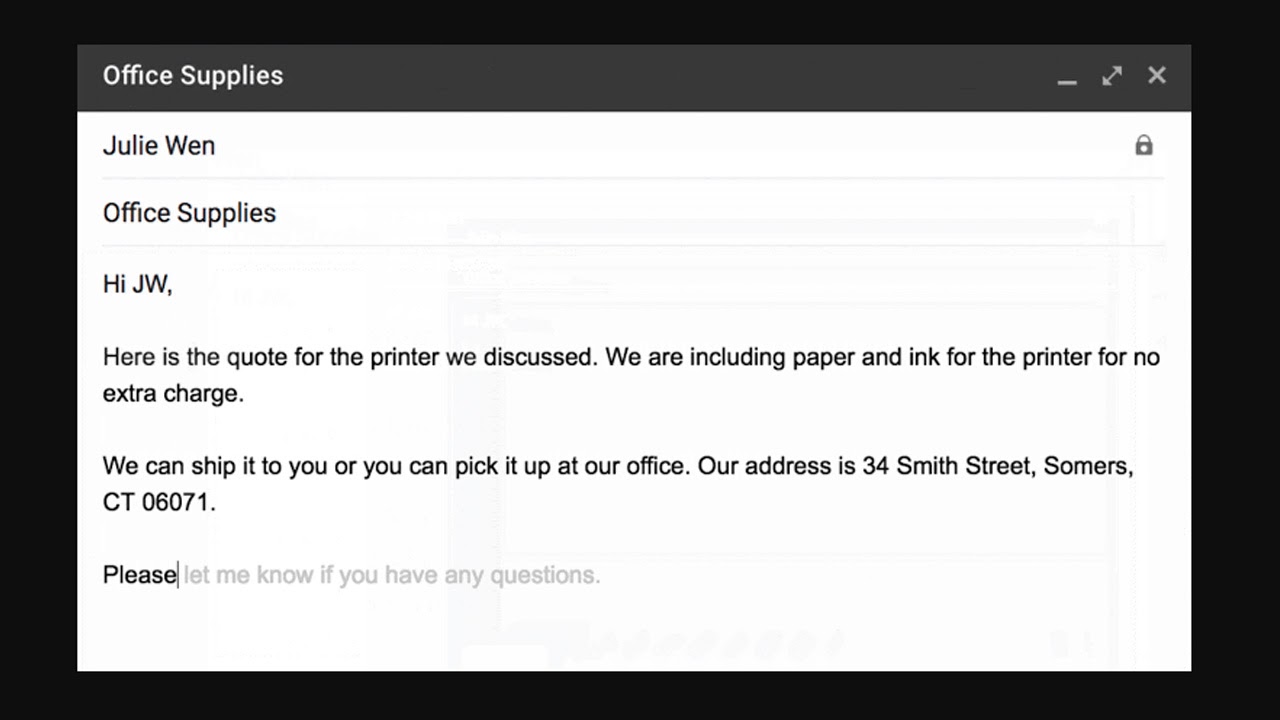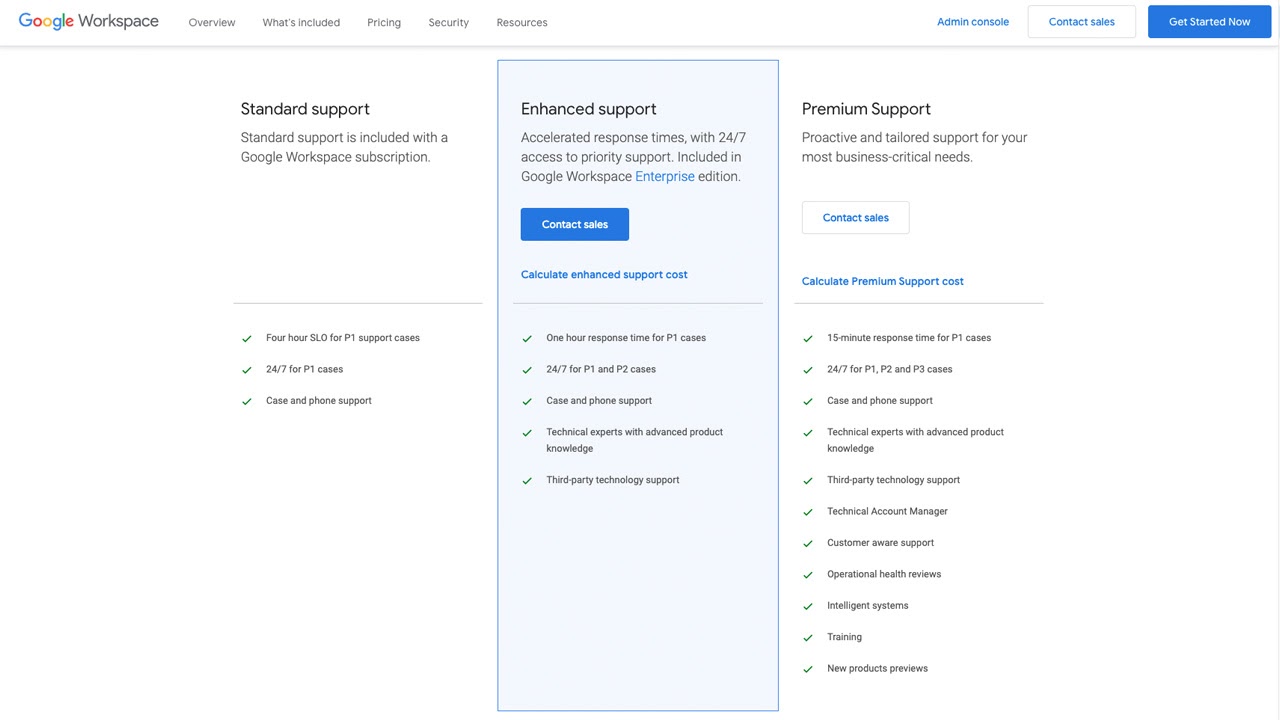Microsoft 365 vs Google Workspace
Both software suites can suit the many needs of a business, but in this Microsoft 365 vs Google Workspace analysis, we compare the two


In years gone by, businesses would have been able to choose from a wide range of different software solutions, assessing the best email provider, document editor, storage system, and so on. This has all changed, however, with the introduction of holistic productivity suites, such as Microsoft 365 and Google Workspace, previously known as G-Suite. These productivity suites integrate all of these products into a combined plan.
One might interpret these solutions as attempts from Microsoft and Google to lock customers into their particular product ecosystem and maximize their spend. If this is a serious concern for you, there are definitely standalone alternatives, both free and paid, available that you can mix and match to your heart’s content.
Be warned, however, there are clear advantages for users who opt for Microsoft or Google’s unified plans, such as the litany of features and applications already integrated into the applications, as well as the lower overall cost of subscribing to a single plan. In this article, we will be comparing Microsoft 365 vs Google Workspace, putting the two productivity suites head to head to judge their features, performance, support, and pricing.
- Microsoft 365 - the top choice for desktop software
Boasting the world’s most popular office software suite, Microsoft 365 includes Word, Excel, and PowerPoint, as well as Outlook, Onedrive, and Teams through their desktop, mobile, or web apps. Simultaneous collaboration is made possible through real-time coauthoring, and one-hour support response for critical issues comes as standard in each of the three Microsoft 365 business plans. - Google Workspace - superior online suite and user-friendly
One of Google Workspace's best features is its simplicity, all of its editor products Docs, Sheets, and Slides are refreshingly easy to use, also offering real-time coauthoring. Gmail, Meet, and Chat, give you access to your emails, video calls, and instant messaging via your browser. The online functionality in Workspace is simple and hard to match, with the support response time varying from one to four hours depending on which plan you choose.
Microsoft 365 vs Google Workspace: Features

Both Microsoft 365 and Google Workspace offer pretty slick solutions for documents, spreadsheets, and presentation. Microsoft’s Word, Excel, and PowerPoint have been the default choice of office software for a number of years, and it's tough to beat them in terms of the maturity of their feature sets. All three are accessible via their desktop, mobile, and web apps, with real-time coauthoring available on the desktop apps.
Google Workspace’s competing products are Docs, Sheets, and Slides. While they don’t have the same depth as Microsoft’s offering in terms of their features, they do bring a refreshing simplicity and ease of use, and still offer more than enough power. Like Microsoft's 365 suite, Docs, Sheets, and Slides all offer real-time coauthoring, but unlike the Office apps, they can only be accessed through a web browser or their mobile apps. Although they are designed to be used in the web browser, all three allow for offline editing, and the edits sync with the server as soon as you're back online.
Both Microsoft 365 and Google Workspace offer a custom business email service, meaning each user can have an address using your organization’s domain. Just like other office apps, Microsoft gives users the option to access their email via the Outlook app or web browser, whereas Workspace users will have to settle for Gmail in the browser as there is no desktop app available (although you could always connect your Gmail account to third-party products like Outlook or Thunderbird).
Microsoft Teams is included in Microsoft 365 and can be used for video calls with up to 300 users, as well as instant messaging between teams or individuals. Google has two separate team communication services, Meet and Chat, which split these functions into two solutions, again only available through your browser (although handily both can be accessed from the Gmail interface). These are slightly more limited than Teams as they only allow 100, 150, or 250 users in a meeting depending on your plan.
Both services also provide cloud storage, online calendars, form creation, and team sites, whereas Microsoft 365 also bundles in Publisher for PC users and the database app Access, and Google has now an alternative for either.
Microsoft 365 vs Google Workspace: Performance

With respect to online stability, both Microsoft 365 and Google Workspace provide a 99.9% uptime guarantee. This means that if you find that you cannot use parts of the productivity suite for 45 minutes in a month you’ll get a credit from Microsoft or Google. In reality, both options are very stable and very rarely go down.
In terms of ease of use, the simplicity of Google’s browser-based solution is tough to match. Every element of Workspace interacts with each other seamlessly, meaning you can access your files in the cloud and text chats from within the Gmail interface. Gmail also includes a number of handy time-saving features, such as smart suggestions, undo send, and the ability to organize emails using labels and folders. In comparison, Microsoft’s email interface looks a bit outdated and could do with a refresh.
Microsoft 365 vs Google Workspace: Support

With both Microsoft 365 and Google Workspace, there are online help centers and community forums where you can find answers to many technical issues. You also have the option to contact tech support via phone, email, or text chat.
Every Google Workspace user can access the standard support system, which guarantees a four-hour response time to high-priority issues. For the added price, the more premium plans will get you enhanced support down to a one-hour response time. Microsoft’s support, on the other hand, offers a one-hour response to critical issues on all price plans. Accordingly, if timely technical support is a top concern for you, we would recommend going for Microsoft 365.
Microsoft 365 vs Google Workspace: Pricing and plans
There are four options available for Microsoft 365 business users—Business Basic, Apps for Business, Business Standard, and Business Premium. The Basic plan costs £4.50 per user a month and includes the web and mobile Office apps, business email, calendaring, and 1TB of storage. Apps for Business is £7.90 per user per month and offers simply the desktop apps with premium features plus 1TB of storage. Standard costs £9.40 per user a month and adds the desktop versions of 365 apps plus webinar and attendee registration and reporting tools, as well as customer appointment management. Finally, Premium costs £16.60 per user a month and adds advanced security and device management.
With Google Workspace, again there are three main plans—Starter, Standard, and Plus. Starter costs £4.14 per user a month and includes all document editing apps, business email, and 30GB of cloud storage per user. Standard costs £8.28 per user a month and includes 2TB of storage per user. Business Plus costs £13.80 per user a month and includes 5TB per user of storage, plus upgraded security and management controls. There's also an Enterprise-level plan, but you'll need to contact Google's sales team for pricing.
So, both options have similar pricing structures, though the main difference is that while Google has very limited storage on the cheapest plan and more storage as you go up, Microsoft includes the same amount of storage on each plan.
Microsoft’s Basic plan is the cheapest option overall, and if 1TB is enough for you and you don’t need the desktop apps, it may also be the best. If you want to pay a bit more for a Standard plan, your decision is between whether you want the desktop apps that come with Microsoft or the extra terabyte of storage that comes with Google Workspace.
Microsoft 365 vs Google Workspace: Verdict
Both Google Workspace and Microsoft 365 are comprehensive and cost-effective software options for running a small or medium business. They have similar pricing structures, and the elements included in each are actually quite similar—both have impressive email, documents, storage, calendaring, and video calls, among other functions.
A main difference is that, while most of Google’s functions are accessed via web browser, Microsoft’s are available as desktop apps. Google’s system is seen by some as more modern and integrated, but it can be easier and more organized to use separate apps for separate functions. If you prefer to use desktop apps, Microsoft 365 is definitely the better option for you.
That said, though Microsoft is catching up, Google’s online features are slicker, with many useful time-saving features built in, and the integration across the whole suite works very well. Thus, if you don’t mind not having desktop apps, Google Workspace is a very good option for modern small to medium businesses.
Get the ITPro daily newsletter
Sign up today and you will receive a free copy of our Future Focus 2025 report - the leading guidance on AI, cybersecurity and other IT challenges as per 700+ senior executives
Kieron Moore is a freelance writer based in Manchester, England. He contributes to Future sites including TechRadar and Creative Bloq, focusing on subjects including creative software, video editing, and streaming services. This work draws on his experience as an independent filmmaker and an independent TV watcher. He can be found on Twitter at @KieronMoore, usually when he’s meant to be writing.
-
 Bigger salaries, more burnout: Is the CISO role in crisis?
Bigger salaries, more burnout: Is the CISO role in crisis?In-depth CISOs are more stressed than ever before – but why is this and what can be done?
By Kate O'Flaherty Published
-
 Cheap cyber crime kits can be bought on the dark web for less than $25
Cheap cyber crime kits can be bought on the dark web for less than $25News Research from NordVPN shows phishing kits are now widely available on the dark web and via messaging apps like Telegram, and are often selling for less than $25.
By Emma Woollacott Published
-
 The race is on for higher ed to adapt: Equity in hyflex learning
The race is on for higher ed to adapt: Equity in hyflex learningWHITEPAPER Fulfil student and faculty needs
By ITPro Published
-
 Practical ergonomics guide for education
Practical ergonomics guide for educationWHITEPAPER Save energy, focus, and promote overall well-being
By ITPro Published
-
 How to manage – and mitigate – performative working
How to manage – and mitigate – performative workingFeature An increasing number of people are putting on a show of working, rather than actually getting on with it
By Peter Ray Allison Published
-
 The ultimate guide to 3D
The ultimate guide to 3DWhitepaper Creative boost breaks
By ITPro Published
-
 Developing an end-to-end process for virtual photography
Developing an end-to-end process for virtual photographyWhitepaper Sharing the best practice of creating production-quality photographs with software
By ITPro Published
-
 Breaking down the barriers to 3D design
Breaking down the barriers to 3D designWhitepaper Designing for the future
By ITPro Published
-
 IDC: The business value of IBM Maximo
IDC: The business value of IBM MaximoWhitepaper Integral to the transformation of asset management
By ITPro Published
-
 UK's four-day week trial ends, leads to reduced burnout and sick days
UK's four-day week trial ends, leads to reduced burnout and sick daysNews Organisations reported overwhelmingly-positive results from the world's largest trial of this kind
By Rory Bathgate Published